Moldova, nestled in the heart of Eastern Europe, is a country rich in history, culture, and natural beauty. Despite being one of the least visited countries in Europe, Moldova offers a wealth of experiences for travelers seeking to explore its charming towns, picturesque landscapes, and vibrant traditions. From its stunning vineyards and delicious cuisine to its historical sites and warm hospitality, Moldova is a hidden gem waiting to be discovered. This blog will delve into Moldova’s geography, history, culture, cuisine, and must-visit destinations, providing a comprehensive overview of this remarkable country.
Table of Contents
Geography
Moldova is a landlocked country bordered by Romania to the west and Ukraine to the north, east, and south. Covering an area of approximately 33,846 square kilometers, Moldova is characterized by its rolling hills, fertile plains, and numerous rivers. The country lies in the central part of Eastern Europe, making it a crossroads for various cultural influences.
The Dniester River flows through Moldova, serving as a natural border with Ukraine and providing vital irrigation for the region’s agricultural lands. The climate is continental, with warm summers and cold winters, which contributes to the country’s diverse flora and fauna. The hilly terrain, particularly in the central and northern regions, is ideal for vineyards, making Moldova one of the largest wine-producing countries in the world.
States of Moldova
Moldova is divided into 32 administrative regions, which include 32 districts (raioane), 3 municipalities (Chișinău, Bălți, and Bender), and 2 autonomous territorial units (Gagauzia and Transnistria).
Here’s the updated table with the regions numbered and their capitals included:
| No. | Administrative Region Type | Name | Capital |
|---|---|---|---|
| 1 | Municipality | CHIȘINĂU | CHIȘINĂU |
| 2 | Municipality | BĂLȚI | BĂLȚI |
| 3 | Municipality | BENDER | BENDER |
| 4 | Autonomous Territorial Unit | GAGAUZIA | COMRAT |
| 5 | Autonomous Territorial Unit | TRANSNISTRIA | TIRASPOL |
| 6 | District (Raion) | ANENII NOI | ANENII NOI |
| 7 | District (Raion) | BASARABEASCA | BASARABEASCA |
| 8 | District (Raion) | BRICENI | BRICENI |
| 9 | District (Raion) | CAHUL | CAHUL |
| 10 | District (Raion) | CĂLĂRAȘI | CĂLĂRAȘI |
| 11 | District (Raion) | CĂUȘENI | CĂUȘENI |
| 12 | District (Raion) | CANTEMIR | CANTEMIR |
| 13 | District (Raion) | CIMIȘLIA | CIMIȘLIA |
| 14 | District (Raion) | CRIULENI | CRIULENI |
| 15 | District (Raion) | DONDUȘENI | DONDUȘENI |
| 16 | District (Raion) | DROCHIA | DROCHIA |
| 17 | District (Raion) | DUBĂSARI | DUBĂSARI |
| 18 | District (Raion) | EDINEȚ | EDINEȚ |
| 19 | District (Raion) | FĂLEȘTI | FĂLEȘTI |
| 20 | District (Raion) | FLOREȘTI | FLOREȘTI |
| 21 | District (Raion) | GLADENI | GLADENI |
| 22 | District (Raion) | HINCEȘTI | HINCEȘTI |
| 23 | District (Raion) | IALOVENI | IALOVENI |
| 24 | District (Raion) | LEOVA | LEOVA |
| 25 | District (Raion) | NISPORENI | NISPORENI |
| 26 | District (Raion) | OCNIȚA | OCNIȚA |
| 27 | District (Raion) | ORHEI | ORHEI |
| 28 | District (Raion) | REZINA | REZINA |
| 29 | District (Raion) | RÎȘCANI | RÎȘCANI |
| 30 | District (Raion) | SÎNGEREI | SÎNGEREI |
| 31 | District (Raion) | SOROCA | SOROCA |
| 32 | District (Raion) | STRĂȘENI | STRĂȘENI |
| 33 | District (Raion) | ȘOLDĂNEȘTI | ȘOLDĂNEȘTI |
| 34 | District (Raion) | ȘTEFAN VODĂ | ȘTEFAN VODĂ |
| 35 | District (Raion) | TARACLIA | TARACLIA |
| 36 | District (Raion) | TELENEȘTI | TELENEȘTI |
| 37 | District (Raion) | UNGHENI | UNGHENI |
A Brief History
Moldova’s history is marked by a rich tapestry of influences from various cultures and empires. The territory that is now Moldova has been inhabited since ancient times, with evidence of human settlements dating back to the Neolithic period. The region was part of the Dacian Kingdom before being conquered by the Roman Empire in the 1st century AD.
In the Middle Ages, Moldova emerged as a principality, known for its strong leaders and cultural achievements. The most famous of these leaders was Stephen the Great, who ruled in the 15th century and is celebrated for his resistance against Ottoman expansion. Over the centuries, Moldova faced numerous invasions and political upheavals, ultimately becoming part of the Ottoman Empire in the 16th century.
In the 19th century, the region was contested between Russia and the Ottoman Empire. Following the Russo-Turkish War, Moldova was united with Wallachia to form Romania in 1859. However, after World War I, the region was annexed by the Soviet Union and became the Moldavian Soviet Socialist Republic. Moldova declared its independence in 1991 following the dissolution of the Soviet Union, and it has since been on a path to establish its identity and strengthen its sovereignty.
Top Ten Most Famous Places to Visit
1. Chișinău
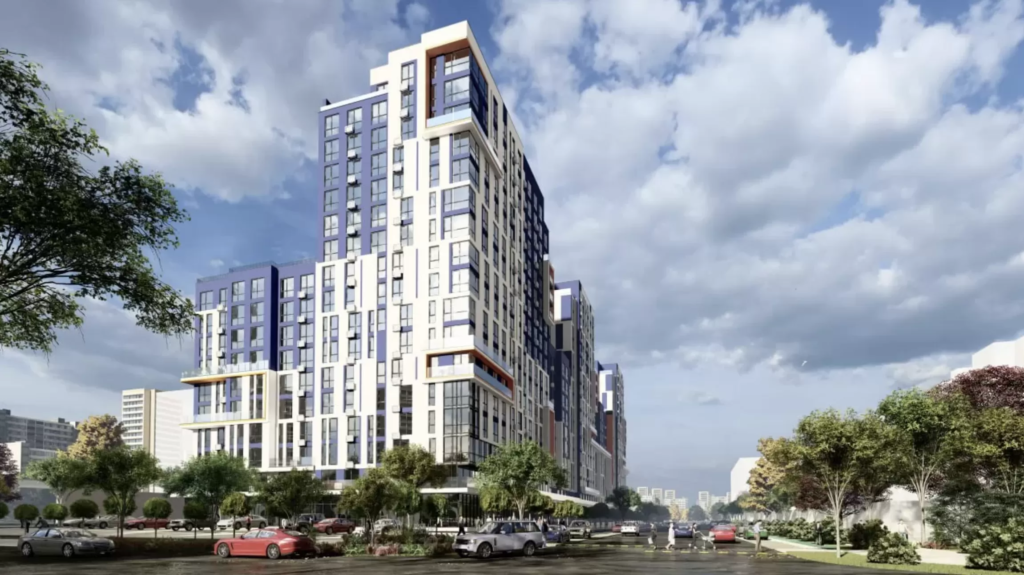
Chișinău, the capital city of Moldova, is a vibrant hub of culture and history. The city features a mix of Soviet-era architecture and modern developments. Visitors can explore iconic landmarks such as the Triumphal Arch, the Nativity Cathedral, and the Stefan Cel Mare Central Park. Chișinău also offers a lively culinary scene, with numerous restaurants serving traditional Moldovan dishes. The city’s vibrant nightlife and cultural events make it a must-visit destination for anyone traveling to Moldova.
2. Orheiul Vechi
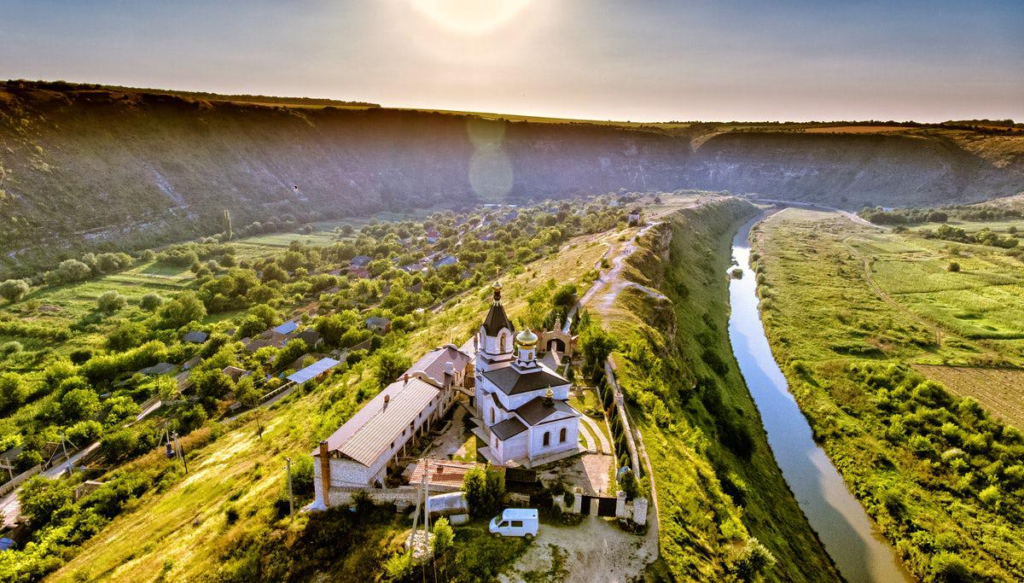
Orheiul Vechi is an archaeological complex and historical site located in the Orhei district. This stunning site is home to ancient cave monasteries carved into the cliffs overlooking the Răut River. Visitors can explore the remains of the ancient Dacian fortress, medieval churches, and the picturesque landscape surrounding the complex. Orheiul Vechi is a testament to Moldova’s rich cultural heritage and is a popular destination for history enthusiasts and nature lovers alike.
3. Milestii Mici
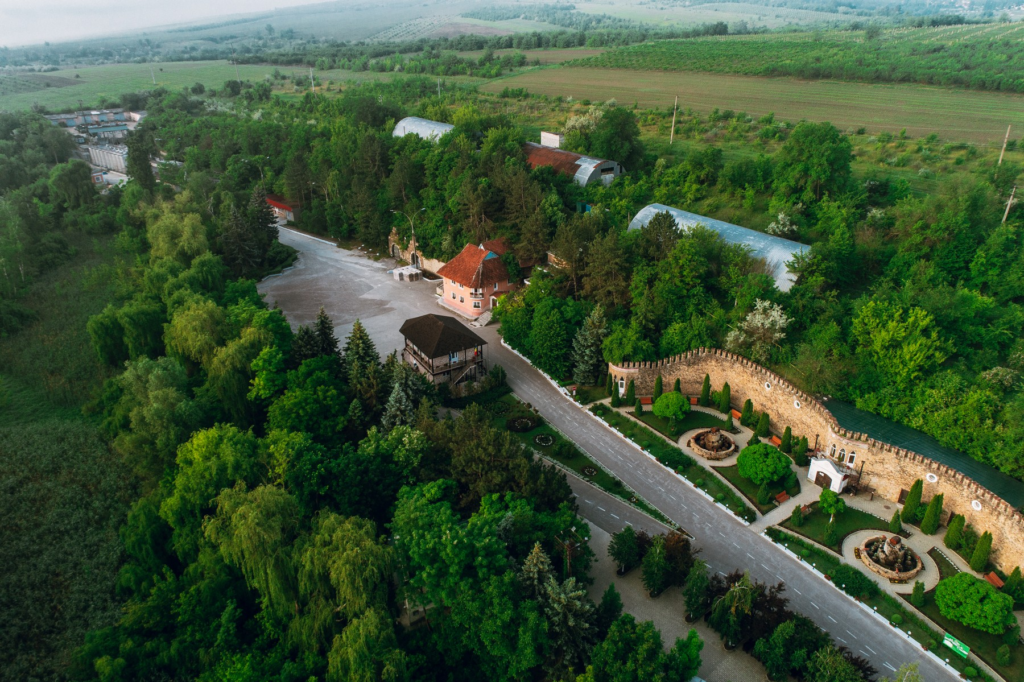
Milestii Mici is one of the largest wine cellars in the world, boasting an impressive network of underground tunnels that stretch for over 200 kilometers. The winery produces some of Moldova’s finest wines, and visitors can take guided tours through the cellars, learning about the winemaking process and tasting a selection of exquisite wines. The unique underground environment provides a perfect setting for wine storage and aging, making it a fascinating experience for wine lovers.
4. Cricova
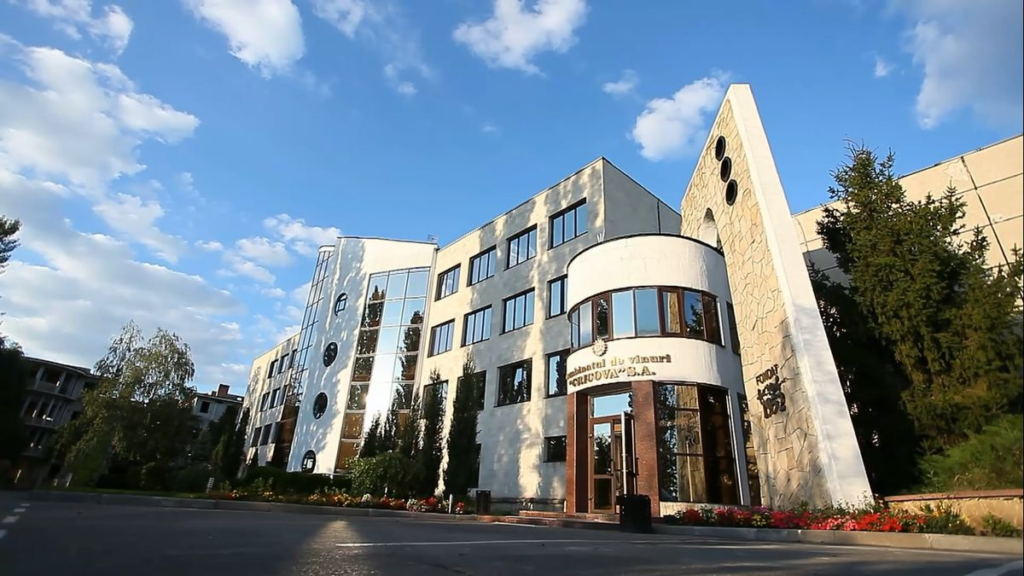
Cricova is another renowned wine cellar located just outside Chișinău. The underground cellars of Cricova are famous for their extensive collection of wines and their charming underground streets lined with wine bottles. Visitors can embark on guided tours to explore the tunnels and learn about the history of winemaking in Moldova. The experience often includes wine tastings, allowing guests to savor the rich flavors of Moldovan wines in a truly unique setting.
5. Stefan Cel Mare Park
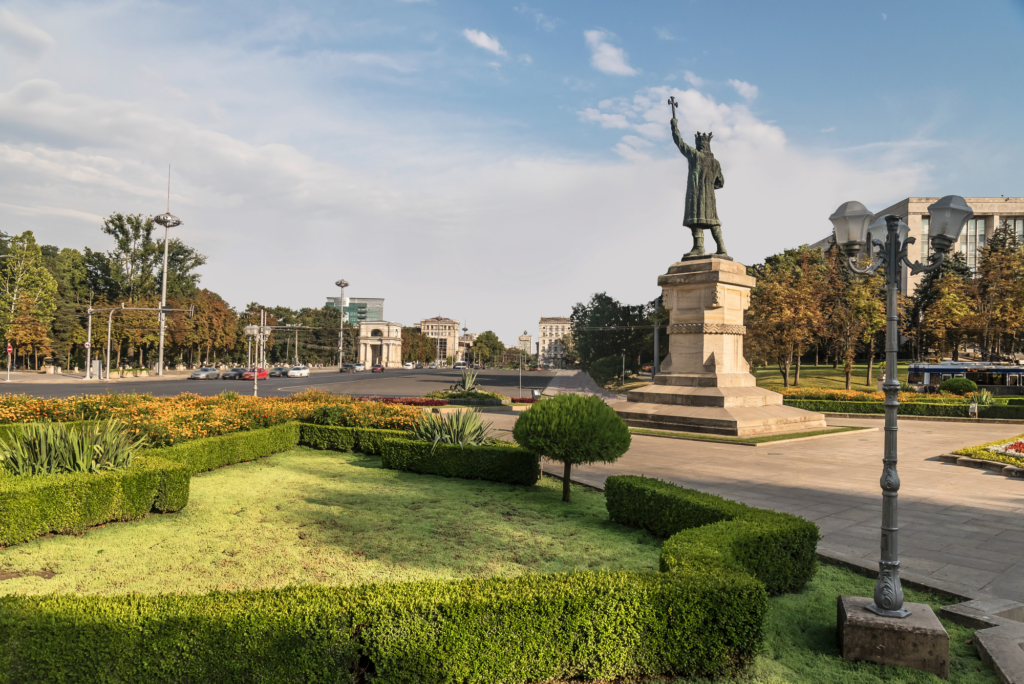
Located in the heart of Chișinău, Stefan Cel Mare Park is a beautiful green space that offers a peaceful escape from the city’s hustle and bustle. The park is named after the famous Moldovan leader Stephen the Great and features well-maintained walking paths, fountains, and sculptures. It is a popular spot for both locals and tourists to relax, enjoy a leisurely stroll, and take in the natural beauty of the surroundings.
6. Bender Fortress

Bender Fortress, located on the banks of the Dniester River, is a historical landmark that dates back to the 16th century. This impressive fortress played a significant role in Moldova’s history, serving as a defensive structure against invasions. Visitors can explore the fortress’s walls, towers, and bastions while enjoying picturesque views of the river. The site also hosts various cultural events and festivals throughout the year, showcasing Moldova’s rich heritage.
7. Soroca Fortress
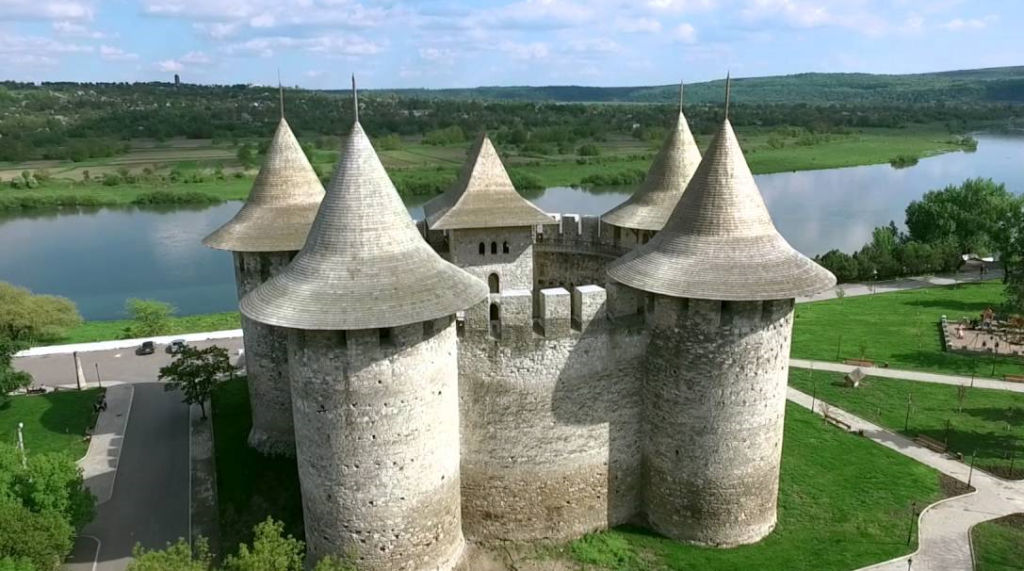
Soroca Fortress is another remarkable historical site, situated near the town of Soroca on the banks of the Dniester River. Built in the 15th century, this fortress was strategically located to defend against invasions. Today, visitors can explore the fortress’s well-preserved walls and towers, as well as learn about its history through informative exhibits. The fortress also offers stunning views of the surrounding landscape, making it a popular destination for history buffs and nature enthusiasts.
8. The National Museum of History of Moldova
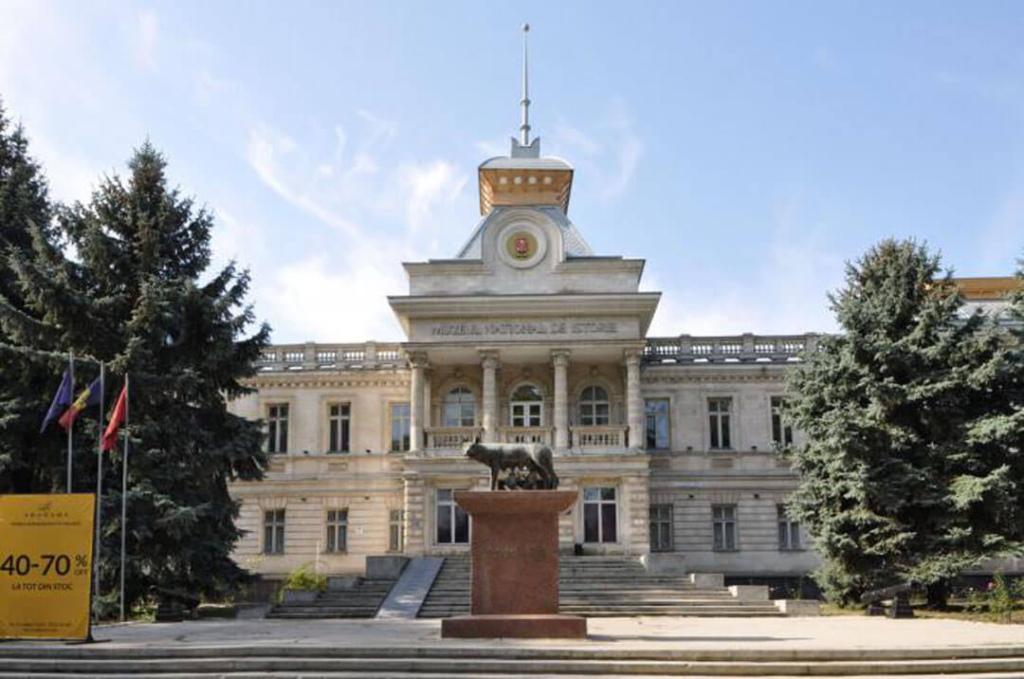
Located in Chișinău, the National Museum of History of Moldova showcases the country’s rich cultural heritage and history. The museum features a diverse collection of artifacts, including archaeological finds, historical documents, and traditional costumes. Visitors can explore various exhibits that highlight Moldova’s ancient history, medieval period, and modern developments. The museum provides valuable insights into the country’s past and is an essential stop for anyone interested in Moldovan culture.
9. Cave Monastery of Old Orhei

The Cave Monastery of Old Orhei, located within the Orheiul Vechi archaeological complex, is a remarkable site that showcases the unique architectural and spiritual heritage of Moldova. The monastery is carved into the cliffs and offers breathtaking views of the surrounding landscape. Visitors can explore the caves, churches, and hermitages that date back centuries, immersing themselves in the tranquil atmosphere of this sacred site.
10. The Stefan Cel Mare Monument

The Stefan Cel Mare Monument is a prominent landmark in Chișinău, honoring the legacy of Stephen the Great, one of Moldova’s most revered historical figures. The statue is surrounded by beautiful gardens and is a popular spot for locals and tourists alike to take photos and enjoy the serene environment. The monument serves as a symbol of Moldovan pride and resilience, reflecting the country’s rich history and cultural heritage.
Culture
Moldova’s cultural heritage is a vibrant tapestry woven from a mix of influences, including Romanian, Slavic, and Ottoman traditions. The country is known for its rich folklore, music, and dance, which are often showcased during various festivals and celebrations. Traditional Moldovan music features instruments such as the flute, violin, and pan flute, creating a unique sound that reflects the nation’s cultural identity.
The country is also home to numerous cultural events, including the National Wine Day, which celebrates Moldova’s winemaking tradition, and the Martisor Festival, marking the arrival of spring with the exchange of red and white strings symbolizing renewal and prosperity. Moldovan cuisine plays a significant role in cultural gatherings, with hearty dishes and traditional beverages being shared among family and friends.
Moldova’s artistic scene is thriving, with many local artisans producing handcrafted items such as pottery,
textiles, and woodwork. The country’s traditional crafts are celebrated through various exhibitions and markets, providing visitors with a chance to purchase unique souvenirs and support local artisans.
Cuisine
Moldovan cuisine is a delightful blend of flavors, reflecting the country’s agricultural heritage and diverse cultural influences. The traditional diet is centered around fresh, locally sourced ingredients, including grains, vegetables, and meats. One of the most iconic dishes is mămăligă, a cornmeal porridge that is often served as a side dish or base for various toppings. Other popular dishes include sarmale (cabbage rolls stuffed with meat and rice), plăcinte (savory pastries filled with cheese, potatoes, or pumpkin), and zeama (a chicken soup with homemade noodles). The emphasis on hearty, wholesome meals is a hallmark of Moldovan hospitality, where sharing food is a way of bringing family and friends together.
Top Eight Most Famous Foods
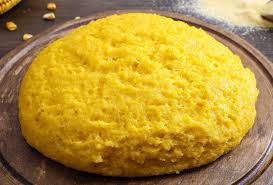
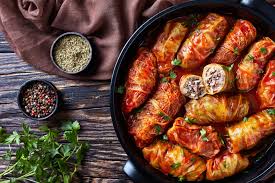


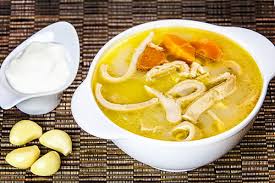
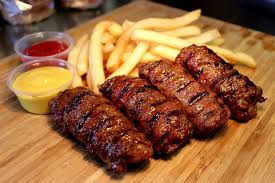
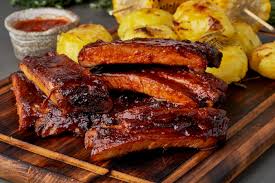
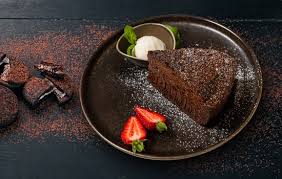
Conclusion
Moldova is a country that offers a unique blend of history, culture, and natural beauty. From its charming towns and picturesque landscapes to its rich culinary traditions and warm hospitality, Moldova has much to offer travelers seeking an off-the-beaten-path experience. Whether exploring the historic sites of Chișinău, savoring delicious local cuisine, or indulging in the world-renowned wines, visitors will find that this country is a hidden gem waiting to be uncovered. Embracing the warmth of Moldovan hospitality and the rich cultural heritage will undoubtedly leave a lasting impression on anyone who ventures into this captivating country.

